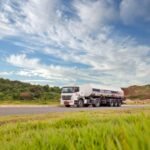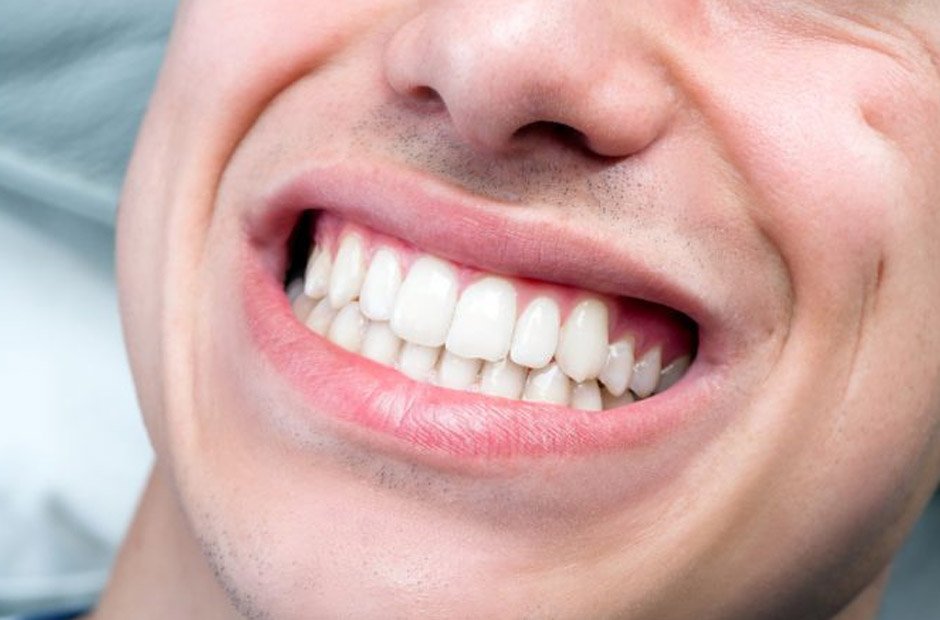An overbite is also referred to as buck teeth. It is a dental problem where your teeth are misaligned. It occurs when the upper front teeth extend beyond the lower front teeth.
Overbite is a type of malocclusion. This term describes any misaligned or crooked teeth. It can be seen as excessive distance between your upper and lower jaws. This gap can cause serious overbite issues, but your dentist can correct this condition through the various options available.
There’s been an ongoing debate about whether mewing with an overbite is a good idea. Mewing.coach recommends the right technique for mewing with an overbite. Keep reading to discover.
What is the Ideal Mewing Teeth Position?
Mewing proponents claim to have achieved excellent results. Here is how to complete mewing exercises.
Ensure your Lips are Sealed Lightly
There should be no space between your upper and lower lips. Also, never breathe in or out through your mouth.
Upper Teeth Rubbing Lower Teeth Lightly
Do not clench your jaw or bite down firmly. You should have a calm, free-flowing mouth.
The Lower Teeth Should be Positioned Behind the Upper Teeth
Teeth should not open and close directly on top of each other. But rather they should appear to “slide in” behind upper teeth, especially for front teeth or incisors.
Upper and Lower Molar Teeth Should be in Slight Contact
Ensure upper teeth rest lightly against lower teeth.
How to Mew with an Overbite

Mewing involves placing the tongue in a specific position on the roof of the mouth to encourage proper facial development and alignment. However, when you have an overbite, the position of the tongue may be more challenging to achieve. This is because the upper teeth overlap the lower teeth, and the tongue may not naturally rest correctly.
So how can you mew with an overbite? First, mewing should not be done with undue force. Mewing.coach recommends that your teeth should be gently touching and your mouth closed. Some people, however, have experienced difficulty mewing as a result of an overbite.
Some supporters have allegedly mewed to address this issue while jutting out their bottom jaw. This allows them to maintain proper dental posture by aligning their lower teeth with their upper teeth.
Meowing should assist in reversing the overbite. This is especially true if your overbite results from bad mouth posture.
However, if your overbite is due to a bone or anatomical issue, mewing will not be effective for fixing it.
Don’t pull your maxilla back to correct your overbite, even though mewing may extend it. Certain users have attributed mewing to their mandible (lower jaw) protruding. However, this is uncommon in most people.
Conclusion
Mewing with an overbite requires additional effort and guidance from a dental professional. An orthodontist or myofunctional therapist can evaluate the situation and provide guidance on proper tongue positioning. They may recommend additional treatments or exercises to correct the overbite and improve tongue posture.
















